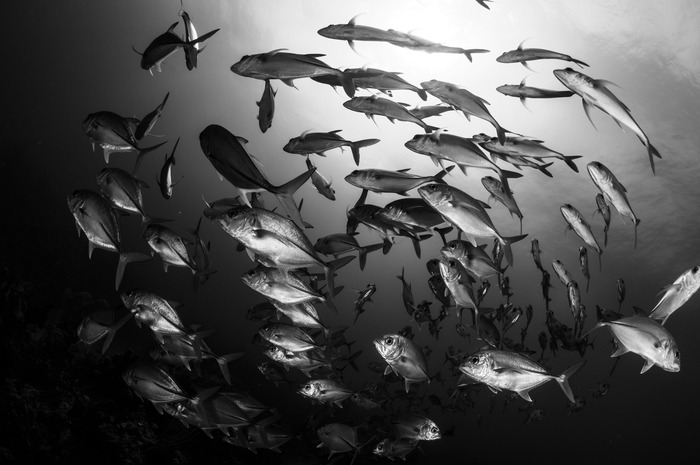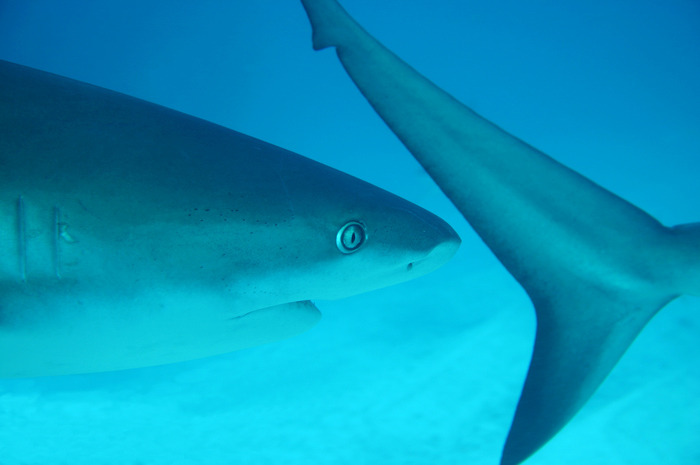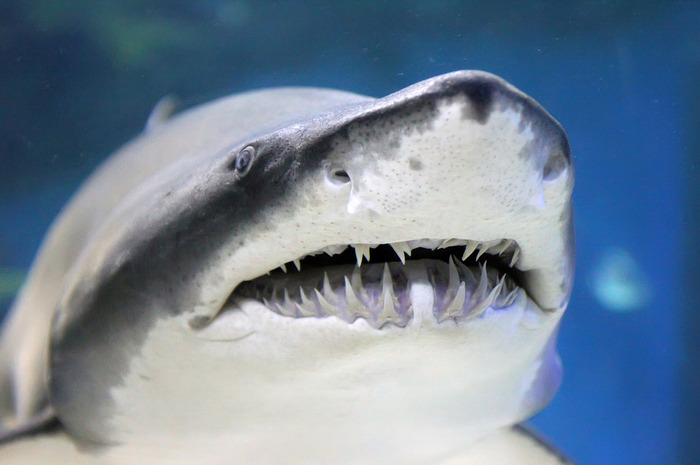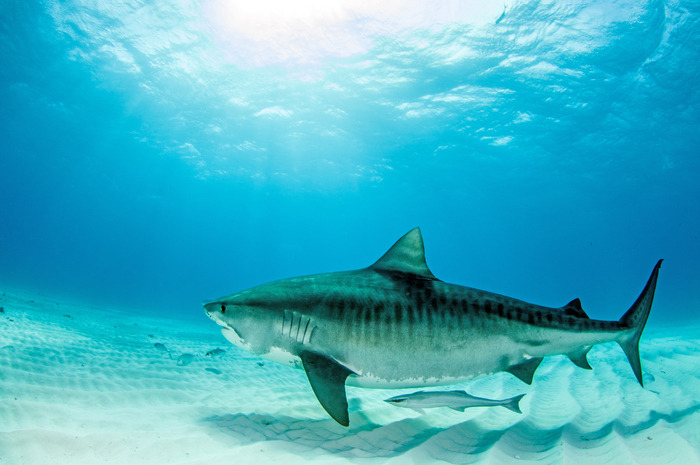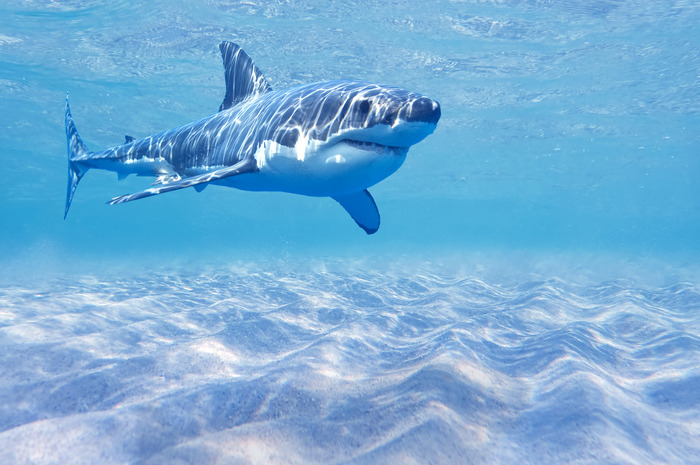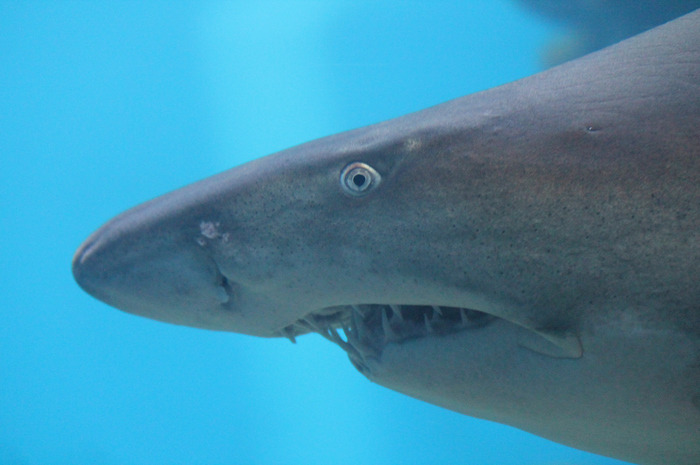11 Things You Didn't Know About Sharks
11 Things You Didn’t Know About Sharks
There are over 400 species of sharks living in our oceans today. You can find them in shallow, coastal regions and in deep waters swarming around the ocean floor.
Most people are afraid of shark infested beaches, and for good reason. According to the International Shark Attack File, the numbers of shark bites from year-to-year seem to be directly associated with increased numbers of humans swimming, diving and surfing in the ocean.
*Related: The Most Dangerous Sea Creatures We Never Want to Encounter
However, other people have no fear. They willingly jump in oceans filled with sharks and explore their territory – you can go cage diving, view Great White Sharks and snorkeling with lemon sharks.
When it comes to the ocean there is always something new to learn. Sharks, particularly, are full of surprising facts that you probably didn't know.
Continue reading for 11 things you didn't know about sharks.
Sharks view the world in black and white
They are completely color-blind. They can only clearly see things if they are light or dark. Researchers say that wearing something that matches the color of the ocean, such as a light blue wetsuit, will make you less likely to become the victim of a shark attack.
Lanternsharks glow to disguise themselves
There are approximately 40 species of lanternsharks. They have luminescent markings called photophores that give them the ability to light up their surroundings. A study explains that they use this ability to camouflage with their surroundings.
They have really good night vision
Sharks have advanced senses that enable them to detect even the smallest amount of electric current, vibration and chemical changes in the water, according to Shark Savers. One of the sharks' most unique senses is their ability to see in dark, murky waters. They can see up to 10 times greater than humans in clear water.
Female sharks are usually the largest
It's true that in most cases female sharks are actually larger than male sharks. Shortfin makos and great whites are a couple of examples.
There are more than 400 species of sharks
Big sharks, small sharks, deadly sharks, and sharks simply trying to mind their own business are all found in our oceans. There are over 400 species found in oceans around the world. Some of the most well-known include reef sharks, blue sharks, great white sharks and hammerhead sharks.
Sharks are threatened by humans
Contrary to what many people believe, sharks are not in the ocean waiting to attack you. They are actually threatened by you. If you antagonize them, they will attack. The majority of shark attacks occur because they mistake you for their natural prey.
Tiger sharks hunt in shallow waters
Tiger sharks are found close to the coast in tropical waters. They like to stay in deep waters, but seek prey in shallow water. It is said that tiger sharks like to eat literally everything, and they eat their prey whole. Tiger sharks are responsible for numerous attacks on humans, most of these attacks lead to fatalities. Fun fact: Tiger sharks develop for up to 16 months in their mother's body.
Bolinas, California is one of the most shark infested beaches
Take extreme caution when entering Bolinas Beach. They are known for their great white sharks. Be careful you don't find yourself in the "Red Triangle." The great white sharks have been known to attack surfers in this area. According to MPORA, "38 percent of shark attacks in the U.S. have happened here. That's 11 percent of attacks worldwide."
You shouldn’t eat shark meat
Millions of sharks are killed every year to feed consumer demand for their meat. But the truth is that shark meat can be extremely harmful. The mercury levels found in it are extremely high. Individuals may find themselves victim of mercury poisoning, which can cause harm to the brain, lungs, heart and immune system. Other symptoms associated with it include lack of coordination, impairment of speech, muscle weakness, and trouble hearing and walking, according to MedicineNet.com.
The great white shark is also known as “white death"
Great white sharks are responsible for the greatest number of recorded shark attacks on humans. They have attacked boats, sinking them, and then attacking the people falling overboard. Fun fact: You can go cage diving in South Africa and see great white sharks up close.
They roll their eyes into the back of their heads to protect themselves
Shark eyelids serve to protect their eyes while they are attacking their prey, according to Shark Savers. Great white sharks, specifically, lack a nictating membrane. They roll their pupils into the back of their heads for protection when feeding.

